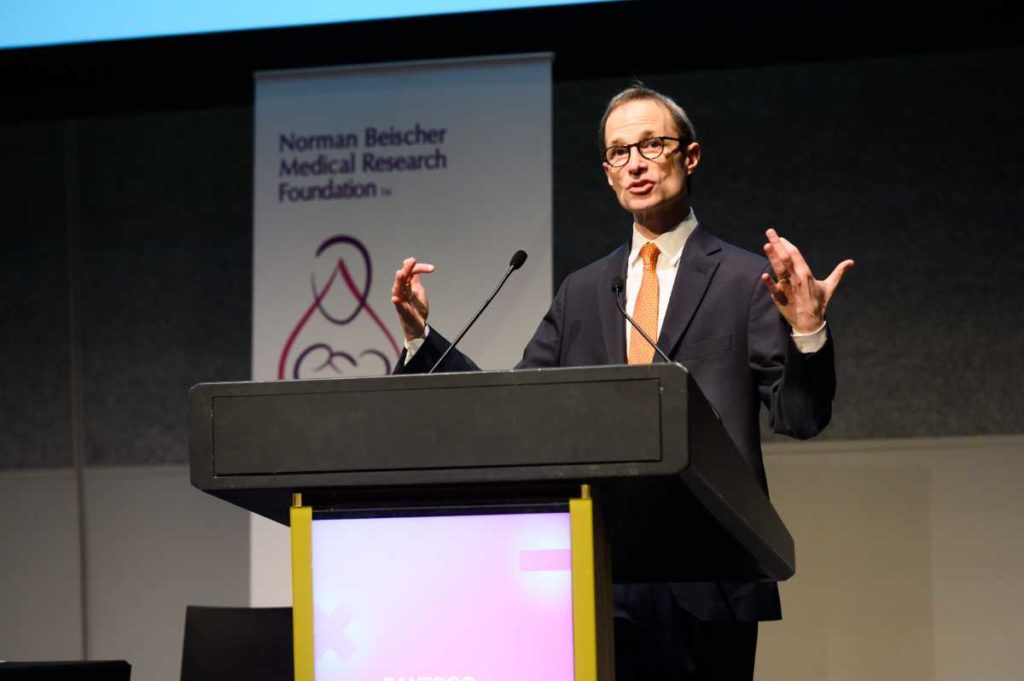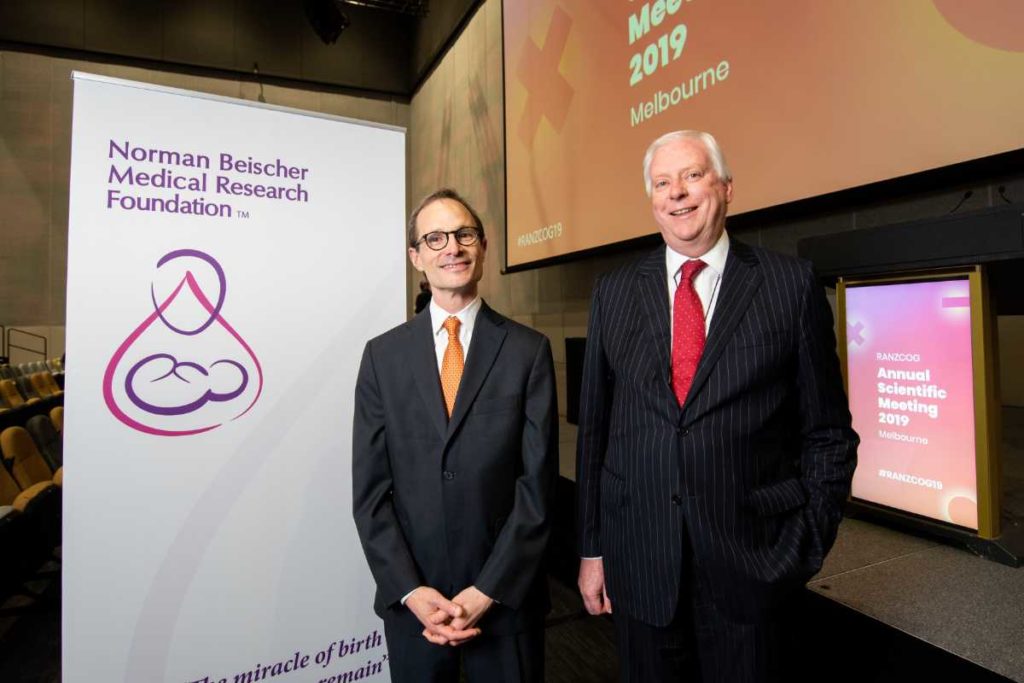
William Grobman Speaks at RANZCOG
Last week, over one thousand obstetricians and gynaecologists from around Australia, New Zealand and other countries attended the RANZCOG 2019 Annual Scientific Meeting.
The event, which took place at the Melbourne Convention Centre, involved a series of workshops, discussions and keynote addresses. The calibre of speakers included Professor William Grobman, who was proudly brought to the event by the Norman Beischer Medical Research Foundation.
Based at Northwestern University Chicago, USA, Professor Grobman is known for his research focused on the prediction and prevention of adverse obstetric outcomes. His has been the PI on multiple NIH and foundation grants, and has authored over 300 peer-reviewed publications.
While at the Scientific Meeting, Prof Grobman spoke specifically on Vaginal Birth After Caesarean: Predicting Successful VBAC and Induction of Labour: Is it Better to Arrive Early Than Late?
“The Meeting was sensational and I had a great time on hearing the science, and meeting up with colleagues,” said Professor Grobman.

“I thought the variety of options of large lectures, the ‘how to’ sessions, and smaller research presentations, were a wonderful way to provide something for everyone.” he said.
Run over three days, the Scientific Meeting’s discussions included deliberating on practices which obstetricians and gynaecologists should consider abandoning, where evidence has suggested such are ineffective or non cost-effective. Also under debate was moving toward new therapies, and how obstetrics and gynaecology could evolve.
Other renowned speakers at the event included Dr Ranee Thakar, Associate Professor Sawsan (Suzie) As-Sanie and Professor Basky Thilaganathan.
“What I hope members will take away more than anything else, from both of my talks, is a common message,” said Professor Grobman.
“That is the key importance of trying to individualise care as much as possible, through the provision of reliable information, and shared decision making approaches.”
